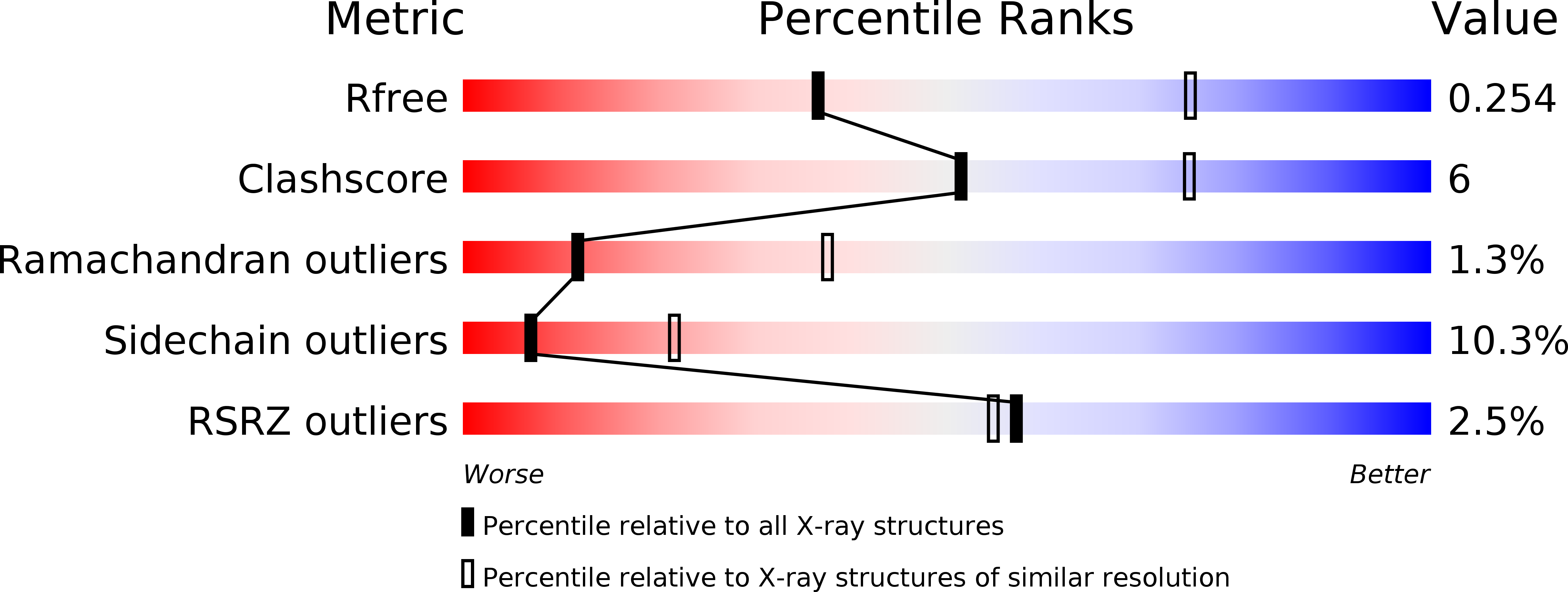
Deposition Date
2016-02-01
Release Date
2017-02-01
Last Version Date
2024-10-16
Method Details:
Experimental Method:
Resolution:
2.90 Å
R-Value Free:
0.23
R-Value Work:
0.17
R-Value Observed:
0.17
Space Group:
P 21 21 21


